As we like to say at Sound Matters, great vinyl records are clean vinyl records. I’m slightly obsessed with cleaning vinyl, and in many ways, I find the whole process strangely therapeutic. (What can I say, record collectors are strange folk).
With the aforementioned in mind, I will always welcome the opportunity to review a new method or cleaning product. A Sound Matters reader kindly introduced me to Wax Wash, and the company owner, Seton was subsequently kind enough to supply a sample of their record cleaning solution for this review.
Wax Wash are based in Australia, and their own words, the product is “Made in Australia, By Australians, for the world”.
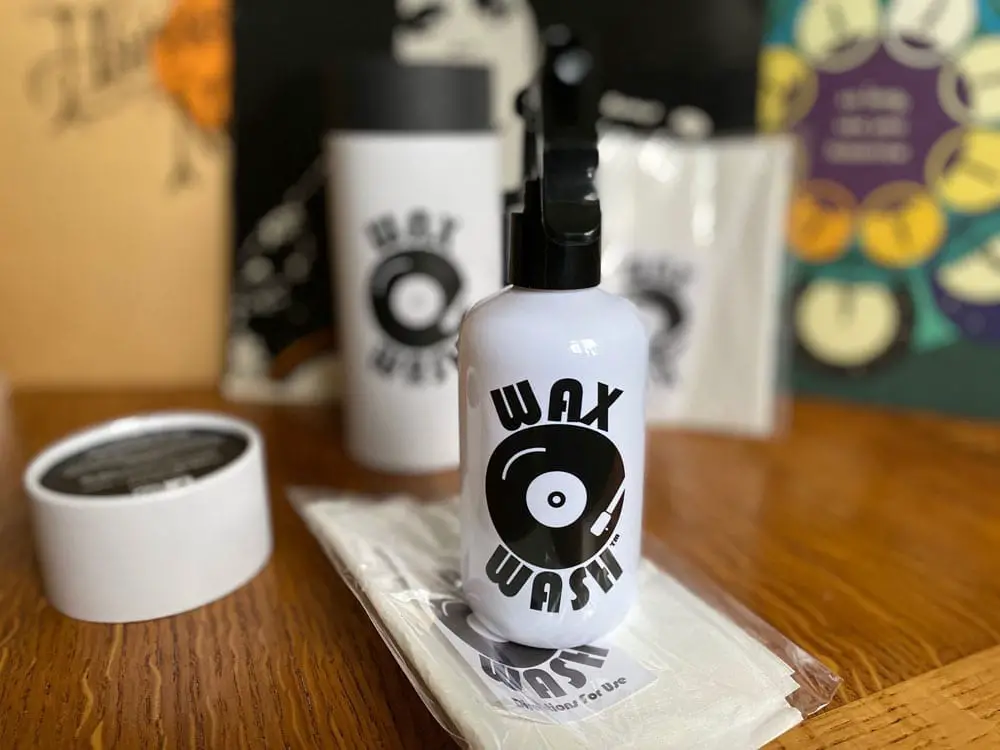
The company also has quite a strong sense of purpose and value behind the product, claiming that, “Wax Wash is the only vinyl record cleaner that contains a mixture of superior cleaning agents to specifically target and remove residual montan wax from old and new vinyl records. It is also effective at removing excess PTFE’s in newer pressings.”
Montan wax is used in the vinyl manufacturing process to provide for a smooth release of the record from the stamper. This ‘release agent’ is just one of the reasons why you should invariably clean all new vinyl records before they grace your turntable.
The release agent angle is quite unique in the market, and while I’ve always historically cleaned new and used records before their first spin, the Wax Wash proposition is an interesting one. With my curiosity piqued, I headed to my local record store to buy a handful of records (new and old).
What’s in the Box?
Firstly, I like the packaging and branding—and while these qualities have no bearing on performance, aesthetics and experience do matter, in my opinion. Each box of Wax Wash comes with one spray bottle of cleaner, two lint-free cloths, and clear instructions. The company claim Wash Wax contains 100% pure ingredients, free of impurities, and that, Wax Wash will not just bombard your vinyl with Isopropyl Alcohol and tap water.
The Isopropyl point is reassuring, as I tend to avoid record cleaning products that contain very high levels of alcohol.
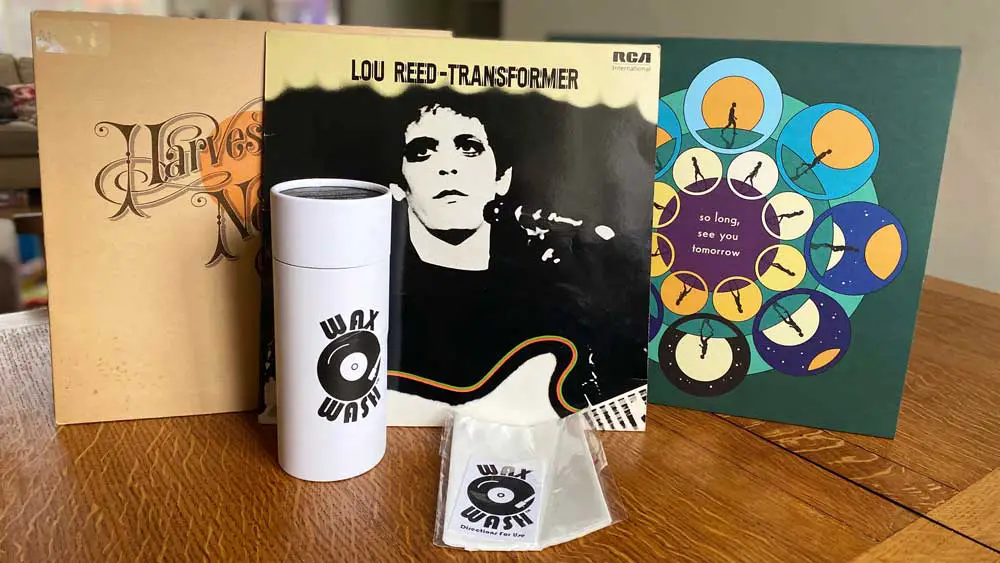
Cleaning Records with Wax Wash
Such is the nature of buying used records; you don’t always know what you’re going to get. Some basic visual inspections will give you an indication of the record’s condition, such as checking for surface scratches, sleeve condition, and label wear near the center hole. Still, ultimately, you don’t fully know what shape the record is in until the first spin.
I picked up a copy of Lou Reed’s classic, Transformer, which was actually in pretty good shape. My copy of Neil Young’s Harvest, on the other hand, was clearly a much-loved record. For the new record test, Bombay Bicycle Club’s terrific ‘So Long, See You Tomorrow’ completed our trip to the record store.
Like most record cleaning fluids, the manufacturer supplies a recommended step-by-step process, Wax Wash is no different:
1 – Place your record on a clean, lint-free surface.
2 – Clean any initial surface level dust from the record surface using a carbon fiber record brush. (This is good advice, as you want to remove as much of the loose stuff as possible first before proceeding with any wet cleaning process).
3 – Coat the record with cleaning fluid (protecting the label, of course) and allow it to sit for 10 – 15 seconds. (I can also vouch for this step, as leaving the cleaner for some time on the surface tends to allow the fluid to sink properly into the grooves and ‘go to work’ on the dust and grime).
4 – “Using one of the lint-free cloths provided, clean the record in an anti-clockwise direction from the center to the edge. Then, in a clockwise direction from the edge to the center. Repeat the process using the second lint-free cloth until record surface is dry and sparkling.” (Repeat the entire process for side B, of course).
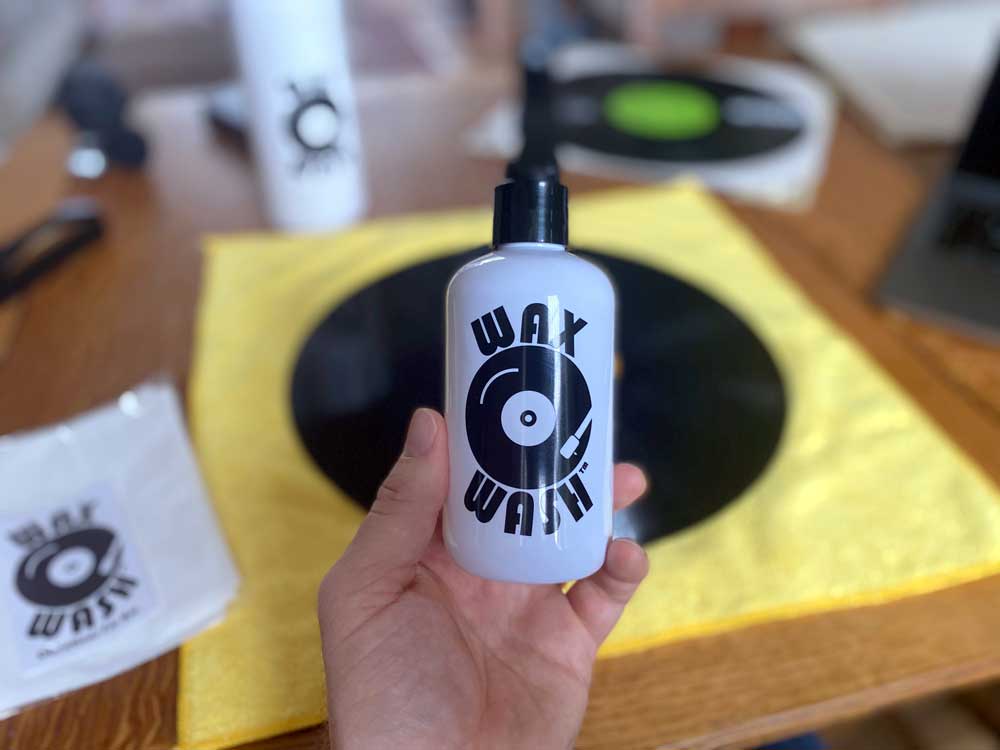
How Does it Perform?
Having used the fluid on all three records, I can report very positive results.
Bombay Bicycle Club had noticeable minor surface noise straight out of the sleeve that quickly cleared up after just one clean with Wax Wash. This record wasn’t an excessively dirty record, but non-the-less, clearer sound is clearer sound. Happy days!
There is, however, one small caveat I’d like to add. I didn’t really get on with the provided clothes. Instead, I switch to using a pair of microfiber cloths. In my experience (and your mileage may vary, as they say), the provided cloths made it somewhat difficult to thoroughly dry the record before playback, leaving some remaining residue unless you are very patient.
There’s also the environmental argument, as the supplied cloths are a single-use item, which I suspect may be an issue for some readers. That said, there are some advantages to single-use cloths. The risk of contamination from one record to the next is clearly eliminated, and it saves you a lot of time in continually washing microfiber cloths. Ultimately, the cloth comes down to user preference, and so it’s far from a deal-breaker.
Now on to the used records…
Similarly, I found great results on both used records. The copy of Transformer required very little cleaning and was up to scratch after a single passing of Wax Wash. Neil Young’s Harvest was a trickier beast but did improve significantly after repeated cleaning. Multiple passes of a record cleaning solution are not uncommon when dealing with very old, well-loved pieces of wax. In any case, I would rather have to clean a record a few times than apply heavy-handed approaches like using very high levels of Isopropyl Alcohol. Eventually, Harvest was returned to a playable—if a little worn—condition. Sadly, no record cleaner can restore a worn-out record.
On the topic of Isopropyl, from the smell of this fluid, I suspect there are higher levels of alcohol in Wax Wash than my current everyday cleaner, but the scent is by no means on the level of some solutions I’ve come across. For obvious reasons, manufacturers of record cleaning fluids are relatively tight-lipped about the full recipe. Isopropyl alcohol is not uncommon in record cleaning fluids, but in general, very high amounts are best avoided.
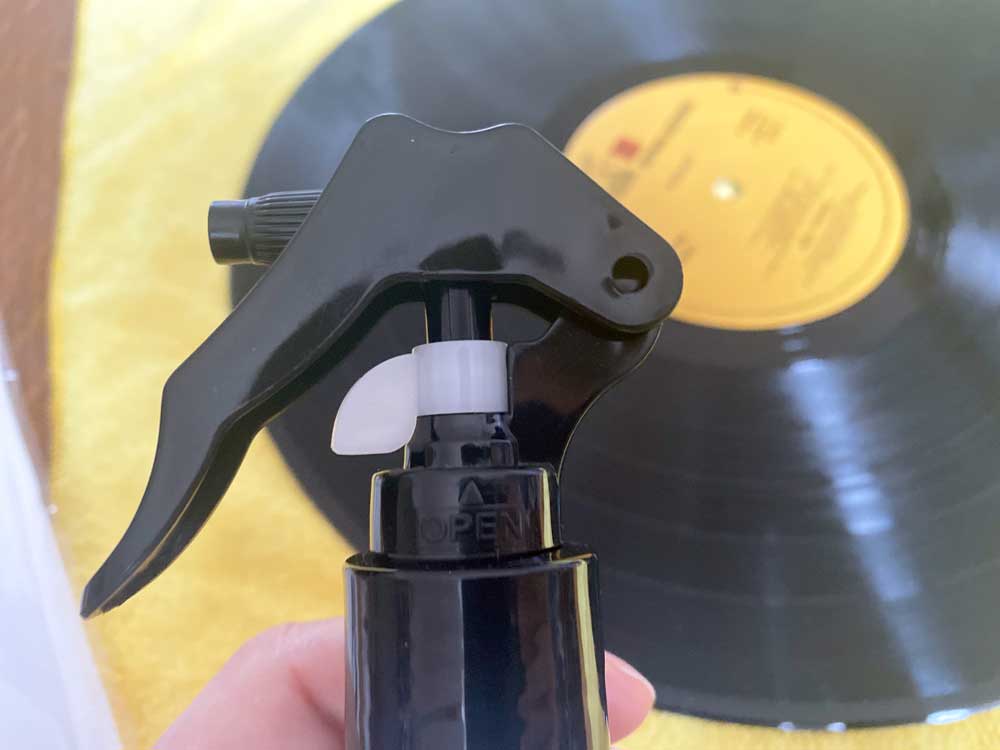
The Bottom Line
Wax Wash is a fast, effective cleaner. The spray bottle is one of the best designs I’ve seen on the market, and for customers with kids, the additional ‘On-Off’ switch is an added bonus. As an Australian-based company, international customers should check the shipping and duty cost before committing to purchase. Like any growing company, I’m sure they have ambitions to expand in new markets as they develop and grow. Personally, I prefer to use microfiber cloths over the provided lint-free cloths for the reasons mentioned earlier. I’d love to hear more about the ingredients in this product, but overall, I feel confident in Wax Wash as part of my cleaning options going forward.
Have you used Wax Wash to clean your record collection? Let us know how you got on in the comments section below.

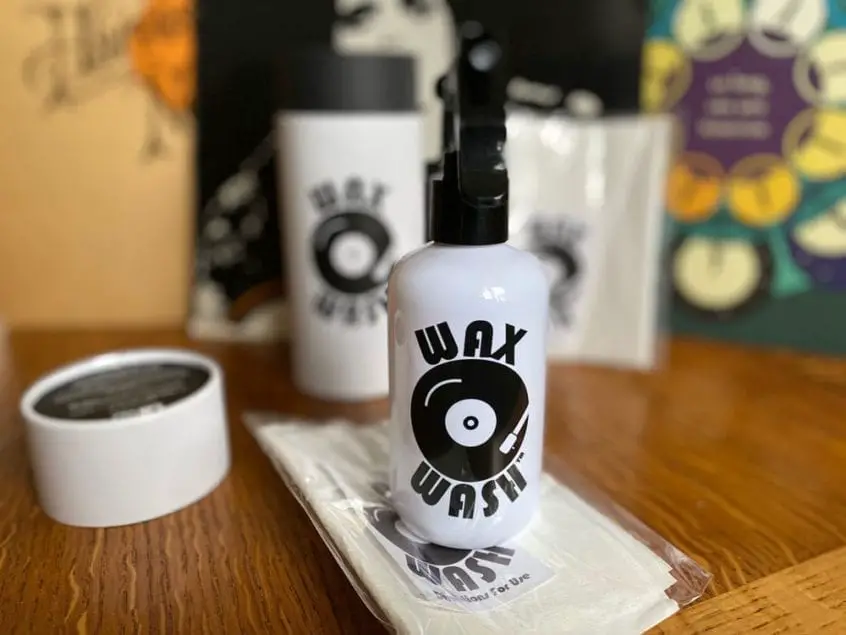


How do i get some of your cleaer